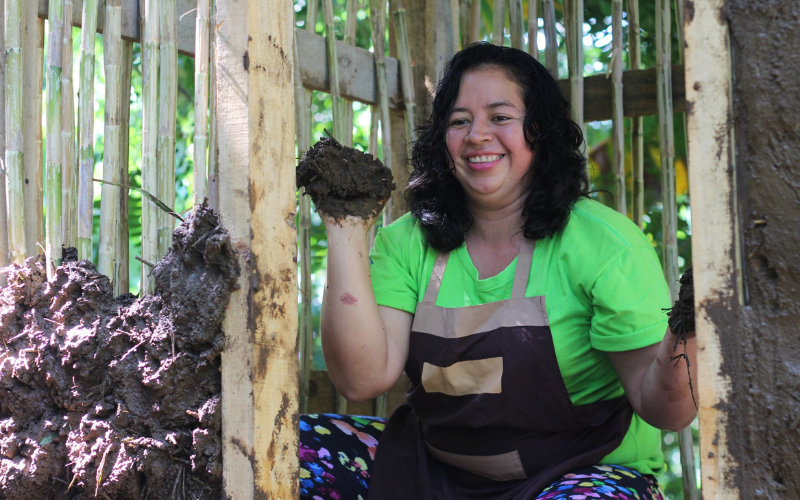After Sri Lanka’s 26-year civil war ended in 2009, many families had lost their homes, land, and livelihoods. In response, the Government of India provided $240 million to help rebuild housing for internally displaced people.
The goal was to build 50,000 homes for about 225,000 people in the most affected northern and eastern areas. Most houses were self-built by the owners, supported by NGOs like UN-Habitat and Habitat for Humanity. Families received grants of LKR 550,000 (about $3,800) in stages to build homes of at least 550 square feet. They could choose the design, materials, and make the homes larger using their own savings.
The approach put families in charge of rebuilding—rather than relying on contractors—restoring dignity, choice, and confidence. Communities helped decide who should receive homes, giving priority to the poorest, elderly, women-headed families, and those with disabilities.
So far, over 45,000 homes have been completed. The project also planted trees, trained builders in disaster-resistant design, and helped restore community trust. It has had a lasting impact—not just through the buildings, but by empowering people to lead their own recovery.
Challenges included bad weather, rising material costs, and delays in permits. These were overcome by working closely with communities and local authorities.
This model has been praised and is now being used for other housing efforts, including homes for plantation workers. It has shown that post-war recovery isn’t just about rebuilding homes—it’s about rebuilding people, trust, and communities.





